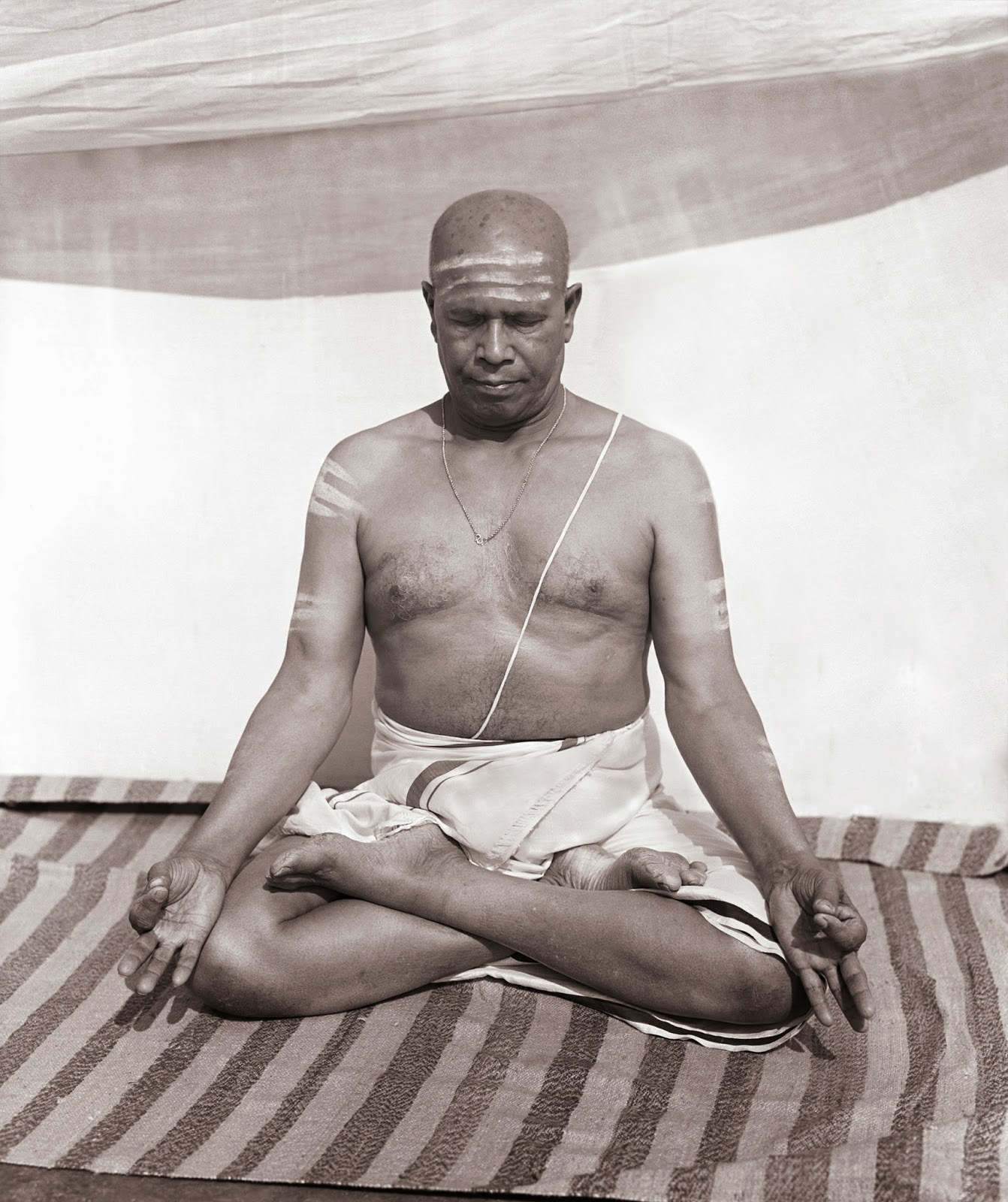 |
| Image via Flickr user katerha |
I haven’t had a summer reading list since high school. That could be because that was the last time I had enough free time to sit down with a big stack of books to read for pleasure (Oh wait!, I had to do it for a grade?. Nevermind.)
This year I’m not working full time, so I’ve found myself with a little more down time. Sure, I’m writing whenever I get assignments, teaching a few yoga classes week, keeping my 2-year-old busy in the sweltering Charleston, SC heat, practicing yoga as much as I can, cooking a lot…. OK, I don’t have time to read books now either. But, I am more motivated than ever to learn, grow, find financial freedom, clean up my act, and generally enjoy every moment as much as I possibly can. (If for no other reason, then because I’ve started to notice my daughter mimicking nearly everything she sees me do–from asking her Daddy to turn down the TV (oops!) to my Downward Facing Dog.) I want her to see me more often with a book in my hands and less with a screen in my face. (And, yes, I do read on a Kindle. It was just a figure of speech, OK?) So, I made my own summer reading list. You’ll notice these are not all yoga books–but they all are very relevant to my life as a yoga teacher, mother, freelance writer, woman, etc.
Money: A Love Story. I think all yoga teachers should read this book by Kate Northrup about valuing yourself, spending money on the things you value, seeing sound financial decisions as a form of self-care, and understanding that there are a billion ways to create abundance in this world. This one was the first on my list, and I’ve already devoured it.. but still need to go back through and do all the journaling exercises.
It’s Hard to Make a Difference When You Can’t Find Your Keys: The Seven-Step Path to Becoming Truly Organized. Kate Northrup mentions this book a couple of times in Money: A Love Story, and I knew it would be the next book I’d dive into. Even the title kind of strikes a nerve with me because I’m the type of person who has a million grand ideas and a ton of ambition and drive, but my life is just too chaotic right now to be as productive as I’d like. Case in point, the e-book I’m “writing” that’s been collecting electronic dust in my Google Documents list for two years now… TWO!
Pushback: How Smart Women Ask–And Stand Up For–What They Want. This is another one that I think people in the yoga community have trouble with. Compassion is a part of the practice, and so it’s really easy to think, “Yes, I do need to make X amount teaching this yoga class, but I certainly wouldn’t want the studio owner to sacrifice what she needs to meet her bottom line… so I’ll just take what she offers me.” This attitude never helped anybody pay their bills, and settling for less than we deserve doesn’t help the thousands of other yoga teachers out there struggling to pay their bills either.
Breathe: A Novel. Sure this sounds like just another fictional story of someone transforming through yoga… But, every now and then, I like to be reminded in a don’t-take-yourself-so-serious way that yoga can be fun, healing, and, yes, even entertaining. I’d like to read this one on the beach, with a fruity umbrella-shaded drink in hand.
Miracles Now: 108 Life-Changing Tools for Less Stress, More Flow, and Finding Your True Purpose. I’ve followed Gabrielle Bernstein online for a long time now–and I have loved her video tips and tricks for using meditation and Kundalini Yoga techniques to deal with everyday life. So I can’t wait to dive into this book, which promises to offer 108 simple solutions to combat complicated problems like “stress, burnout, frustration, jealousy, resentment” without spending hours meditating and practicing yoga everyday. We’ll see. I’m skeptical of anything that offers quick fixes, but I don’t doubt I’ll learn at least one or two more things to add to my toolbox.
To keep myself motivated and honest, I’m going to review each of these books when I’m done reading them. Will you join me? What are you reading this summer?










